Between the two world wars, the primary goal of our country's policy was the revision of the Trianon peace treaty, for which it tried to mobilize all possible international relations. The centuries-old friendship with the Poles came in very handy at that time, and in order to obtain their intercession with the great powers, the government tried to revive the common history. But the Poles also remembered it, for which there is no better evidence than the fact that for the four hundredth anniversary of the birth of István Báthory, prince of Transylvania and king of Poland, the Polish Academy of Sciences proposed to the Hungarian Academy of Sciences the publication of a joint commemorative book as early as 1930.
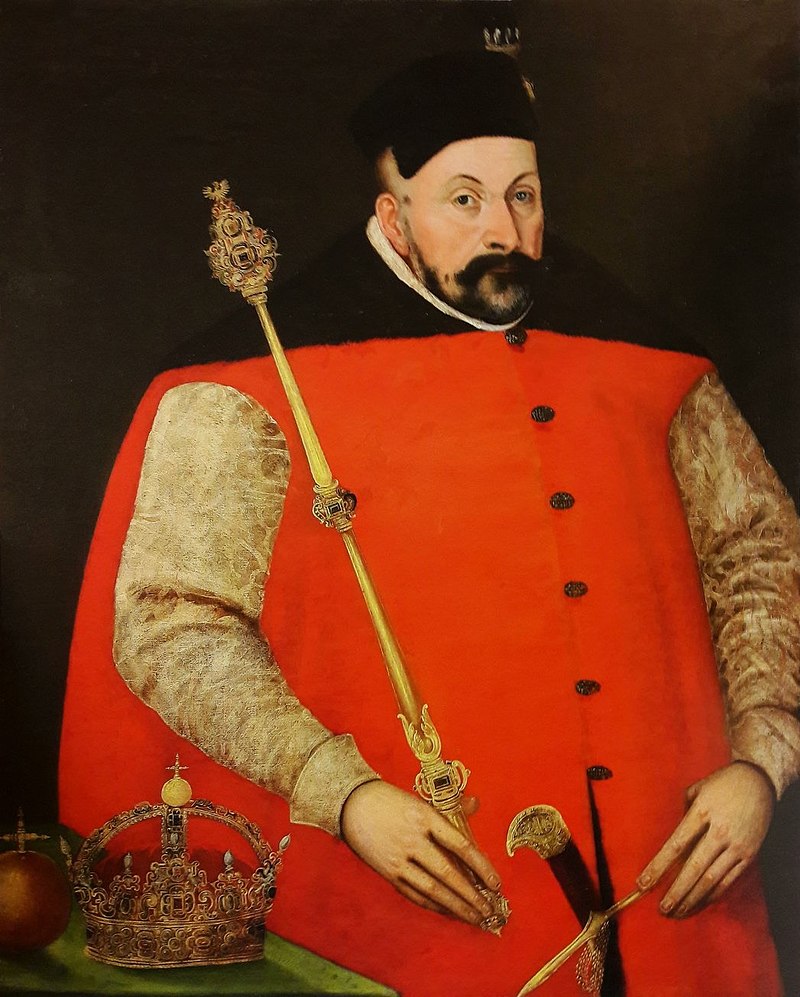
István Báthory, Prince of Transylvania and King of Poland (Source: wikipedia.org)
The reign of István Báthory (1575–1586) was considered by the Poles to be one of the most glorious eras in their history, and for us Hungarians he was a role model because he was able to shine his talent as a statesman and general in an age when the country was languishing in a state of fragmentation, similar to the situation after Trianon. In many ways, the upcoming anniversary was a great occasion, which other organizations besides the two Academies tried to commemorate. It is known from the research of Tamás Gerencsér that the Hungarian-Polish Association decided in the spring of 1931 that the year 1933 would be declared the year of remembrance of István Báthory, within the framework of which a statue would be erected in the capital.
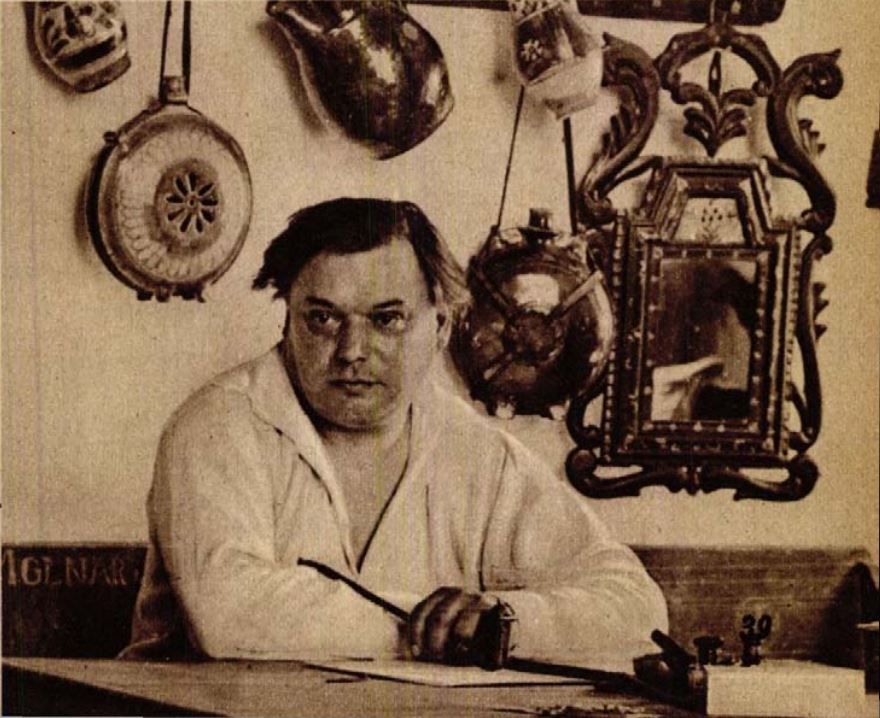
Portrait of János Pásztor (Source: Színházi Élet, 1936, No. 36)
In the commemorative year, many programs were indeed organized - streets and squares were named after the ruler, a book about his life was published - but a statue was only placed in Salgótarján, and a commemorative plaque was placed in the wall of the reformed church in Nyírbátor. They started dealing with the matter of the statue in the capital very late, only in April 1933, and due to the scarcity of time, they did not even announce a tender, instead they entrusted the design to Jenő Lechner, who knew Polish history well and maintained good relations with pro-Polish organizations due to his architectural history research. Lechner asked János Pásztor to model the statue, who had previously proven his talent with several public sculptures, for example the Kazinczy monument on Bécsi kapu Square is also his creation. His most famous work is nevertheless the equestrian statue of Ferenc Rákóczi II in Kossuth Square, erected in 1934.
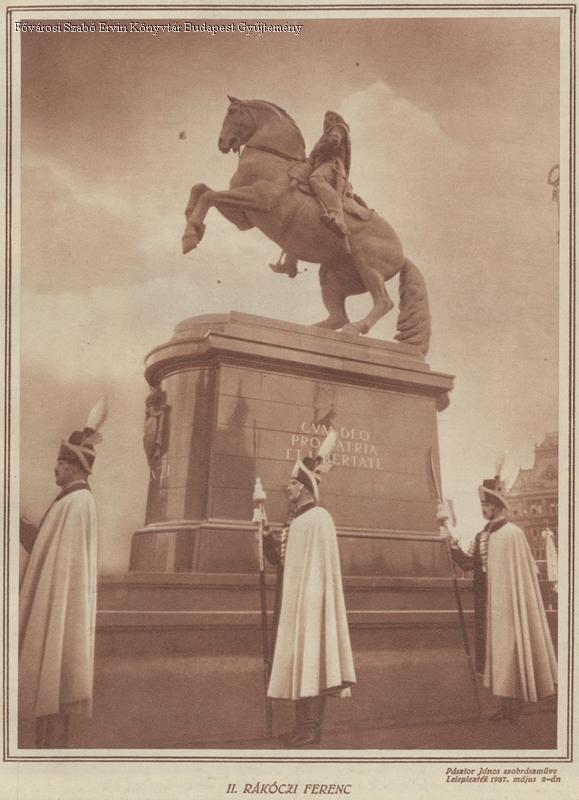
The equestrian statue of Ferenc Rákóczi II on Kossuth Square, work of János Pásztor (Source: FSZEK Budapest Collection)
Similar to these two works, the statue of István Báthory was originally to be cast in bronze, but since it would have involved higher costs, the commission appreciated Pásztor's request to carve the figure of the prince out of limestone. We also know from Tamás Gerencsér's research that the artist created both a sitting and a standing model, of which the committee found the former to be more expressive, so the double life-size, final version was created accordingly. For this, on the advice of Jenő Lechner, he used Jan Matejko's painting Báthory Pszkov előtt [Báthory in front of Pskov], painted in 1872, as a model, in which the king can be seen sitting dignified. He wears a decorative Transylvanian cap and holds his sabre across his knees. However, due to the late start of the organization, it was not realistic that the statue would be inaugurated in the significant year, so the new target date was set for December 1936, when it was the three hundred and fiftieth anniversary of Báthory's death.

Jan Matejko: Báthory in front of Pskov, 1872 (Source: wikiart.org)
However, the committee and the management of the capital could not agree on the future location of the statue. The former wanted very much to get the stone vault cavity at the bottom of the Fisherman's Bastion for this purpose, but Mayor Károly Szendy refused, saying that the area around the Castle is reserved exclusively for people connected with the history of Buda. Instead, he proposed the Városliget, the area in front of the Jáki chapel that is part of the Vajdahunyad castle - but the National Committee of Monuments did not consider this to be a good idea, because the statue of the renaissance ruler would have to be adapted to the architectural environment of the Roman period, which would have become anachronistic.
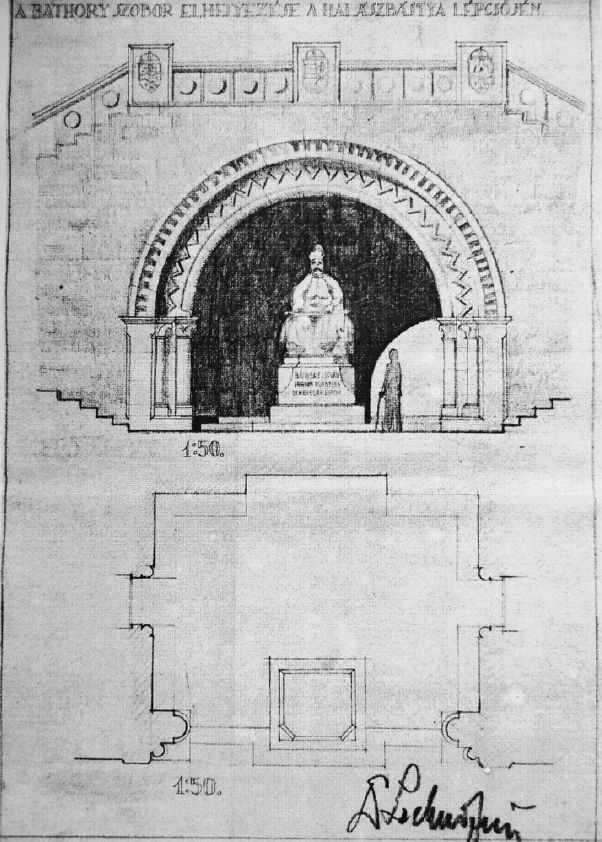
The Báthory statue on the stairs of the Fisherman's Bastion, drawing by Jenő Lechner (Source: Tibor Gerencsér: Az elfeledett szobor históriája [The history of the forgotten statue.] Hitel, No. 11, 2011, p. 35-55)
As a solution, the Budapest Public Works Council came up with the idea of erecting the statue on the Polish promenade in Népliget. Béla Farkas already had a monument to the Polish legionnaires here, to which Báthory's statue would have been connected. This was accepted by the committee and the capital, but the influential president of the Hungarian-Polish Association, Count Károly Széchenyi, who also supported the case, complained that the area lacked any historical milieu. An agreement was not reached this time either, and the organizers missed the second significant anniversary. The case also had twists and turns from another point of view, as the memorial committee refused to accept the statue from the creators, because they found out that the stonemason commissioned by Pásztor made it not from limestone from Haraszt, as stipulated in the original agreement, but from Piszke.
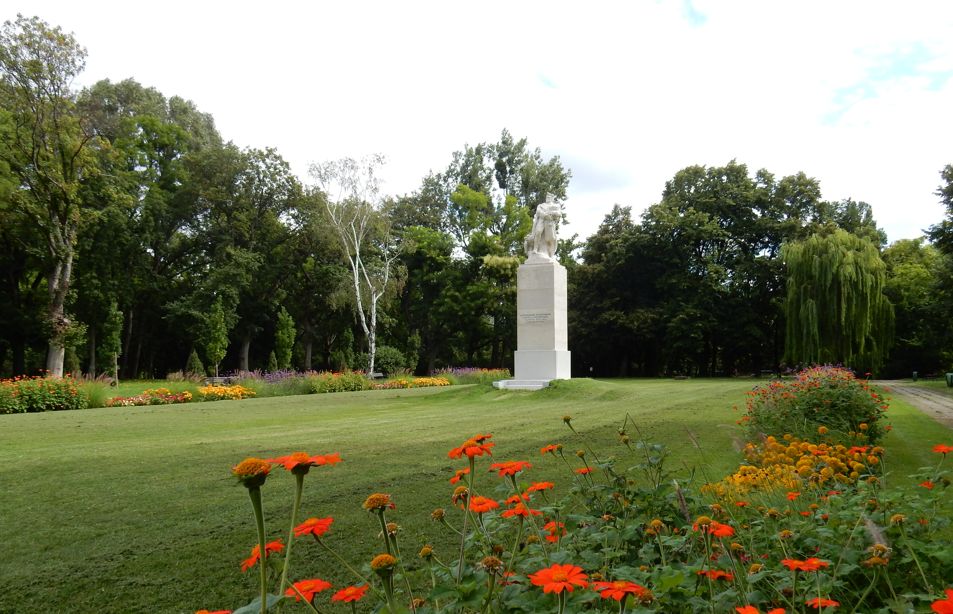
The monument to the Polish legionnaires in Népliget (Photo: Péter Bukovszki/pestbuda.hu)
The committee had a new bronze statue made, and Lechner and Pásztor's work was planned to be transported first to Kassa and then to Szilágysomlyó so that it could decorate a public area there. The former city was explained by its geographic and historical proximity to Poland, while the latter was Báthory's hometown. In the end, the events of the Second World War made neither of these possible, and the statue remained with the stonemason for a decade and a half. The bronze statue and the pedestal of the stone statue disappeared during the siege.
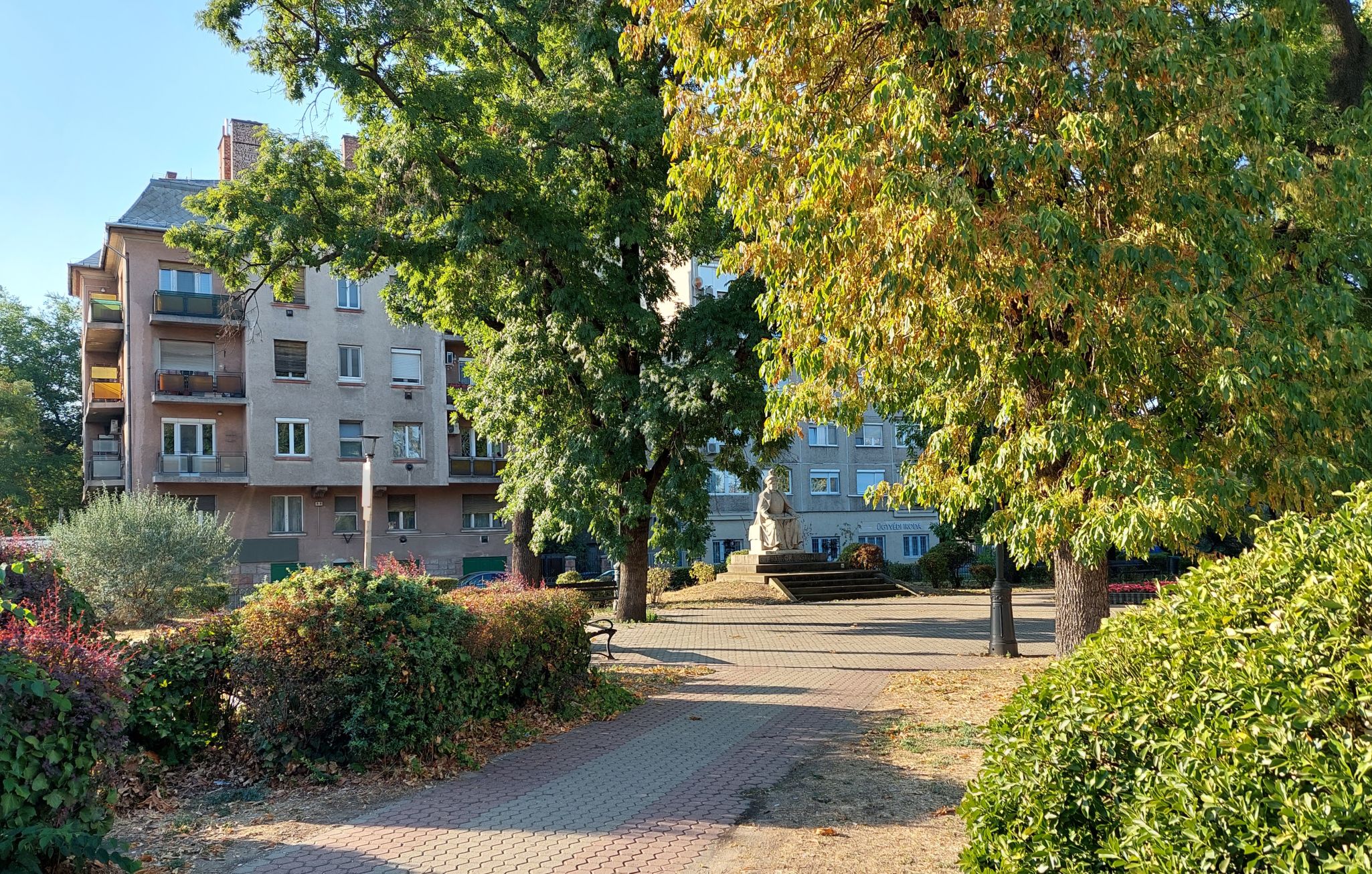
The statue of István Báthory in its current location, in Zugló (Photo: Balázs Both /pestbuda.hu)
In the spring of 1958, in order to revive Polish-Hungarian relations, which had reached a low point after the suppression of the 1956 revolution, the Polish state leadership visited Budapest. In response to this gesture, the statue was finally erected in Zugló, in the small park at the junction of Hungária Boulevard and Thököly Road, where it still stands today. . They could have found a more worthy place for him.
Cover photo: István Báthory's statue (Photo: Balázs Both/pestbuda.hu)

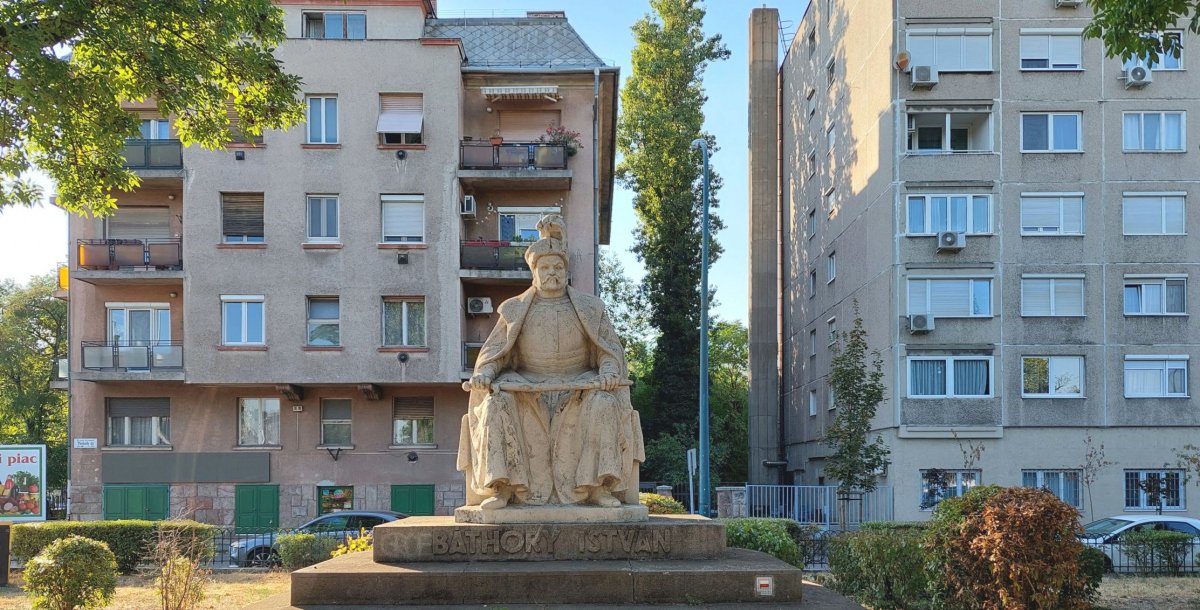
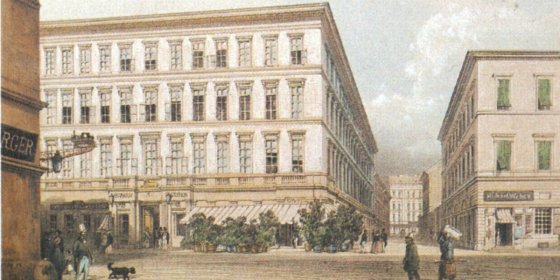
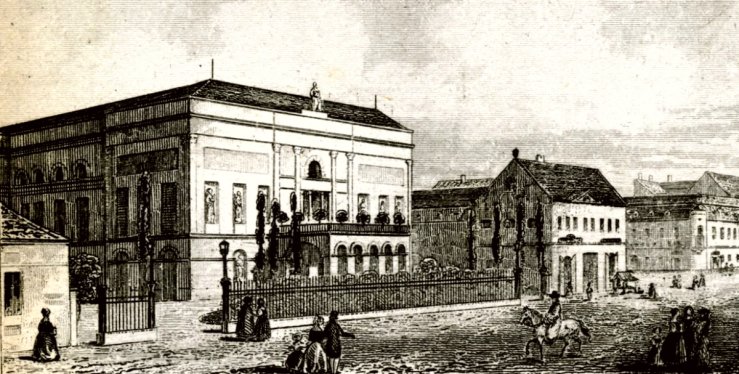
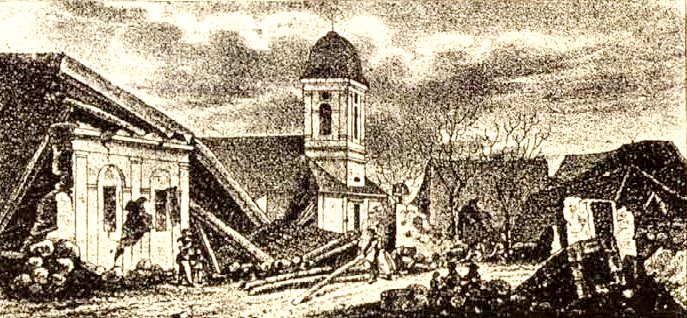

































Hozzászólások
Log in or register to comment!
Login Registration